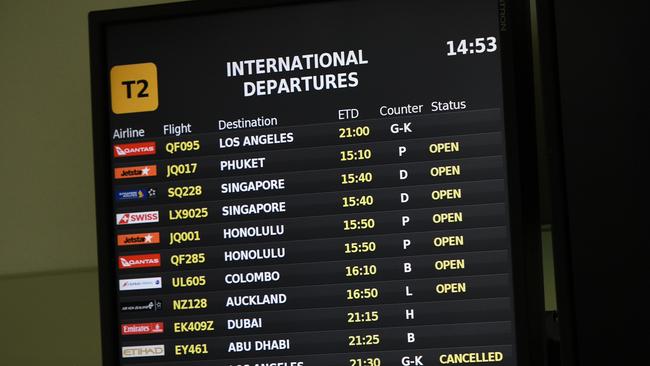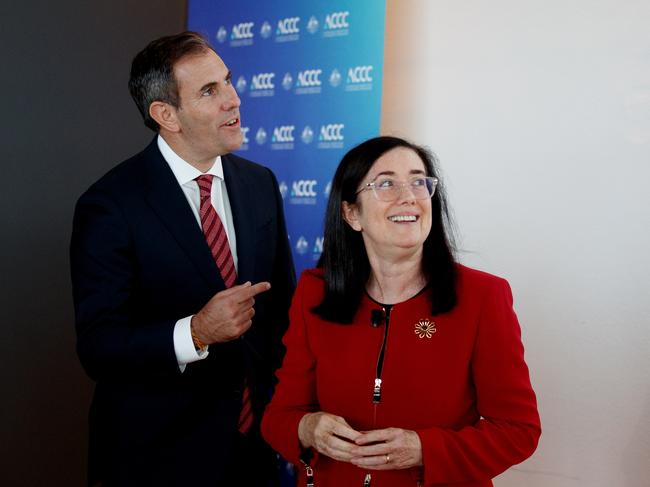Shopping around transfer providers and dodging big banks can save Aussies $200m, consumer watchdog says
With one simple act, a common financial gripe can be avoided and Australians can save $200m a year, the consumer watchdog says.

The millions of Aussies who send money overseas could save a combined $200m by shunning the big banks, the competition watchdog says.
A detailed survey and report by the ACCC released on Tuesday shows all the dollars and Euros sent out of Australia were racking up huge fees for consumers, despite the big four banks cutting some fees to compete with small financial technology (fintech) firms.
People shopping around for the lowest-cost provider will help their hip pockets, with the ACCC calculating $214.1m of annual savings are on the table “just for Australians who are willing to switch away from a big four bank to a low-cost provider”.

About 24 per cent of money sent overseas is US dollars, the next most common is Euros (13 per cent) followed by British Pounds (12 per cent).
The most common destinations, in order of prevalence, are the US, England, New Zealand, the Philippines and India.
“The overwhelming reason for sending money overseas is to support family and friends living abroad,” it says in the report.
The Transparency and Competition in International Money Transfer Services report finds relatively young fintech companies have outpriced the banks and brought in better technology, forcing the banks to lower prices and remove or cutting flat transfer fees.
The fintech companies have increased their monthly transactions by 2200 per cent in eight years, from $60m in 2016 to $1.48bn in January 2024.
Business and wholesale transfers of more than $40,000 are still dominated by the banks though, and the average transfer handled by the banks is $3100, compared with $745 for the fintechs and $770 for traditional international transfer suppliers.
But banks and the fintech companies are still charging higher than the target fee rate for G20 advanced economies for smaller amounts, measured against a baseline of US$200 and US$500.
ACCC research from 2019 found consumers had a tough time making informed decisions about transfer providers because of pricing complexity and a lack of price transparency.

An ACCC survey found people from a culturally and linguistically diverse (speak a language other than English at home) background or from a household with an income between $150,000 and $250,000 are more likely to use a non-big four bank.
But finding the best deal takes some sleuthing.
The ACCC recommends comparing foreign exchange calculators and shopping around for the cheapest and fastest service.
Exchange rates also fluctuate daily.
Comparing the amount the recipient will get is also critical to avoid “trick calculations” the sender needs to make for fees and foreign exchange margins.
“Suppliers who advertise as fee-free may still charge a margin on the exchange rate. It is often hidden and sometimes negotiable or changes based on how much is being transferred.”
Originally published as Shopping around transfer providers and dodging big banks can save Aussies $200m, consumer watchdog says



